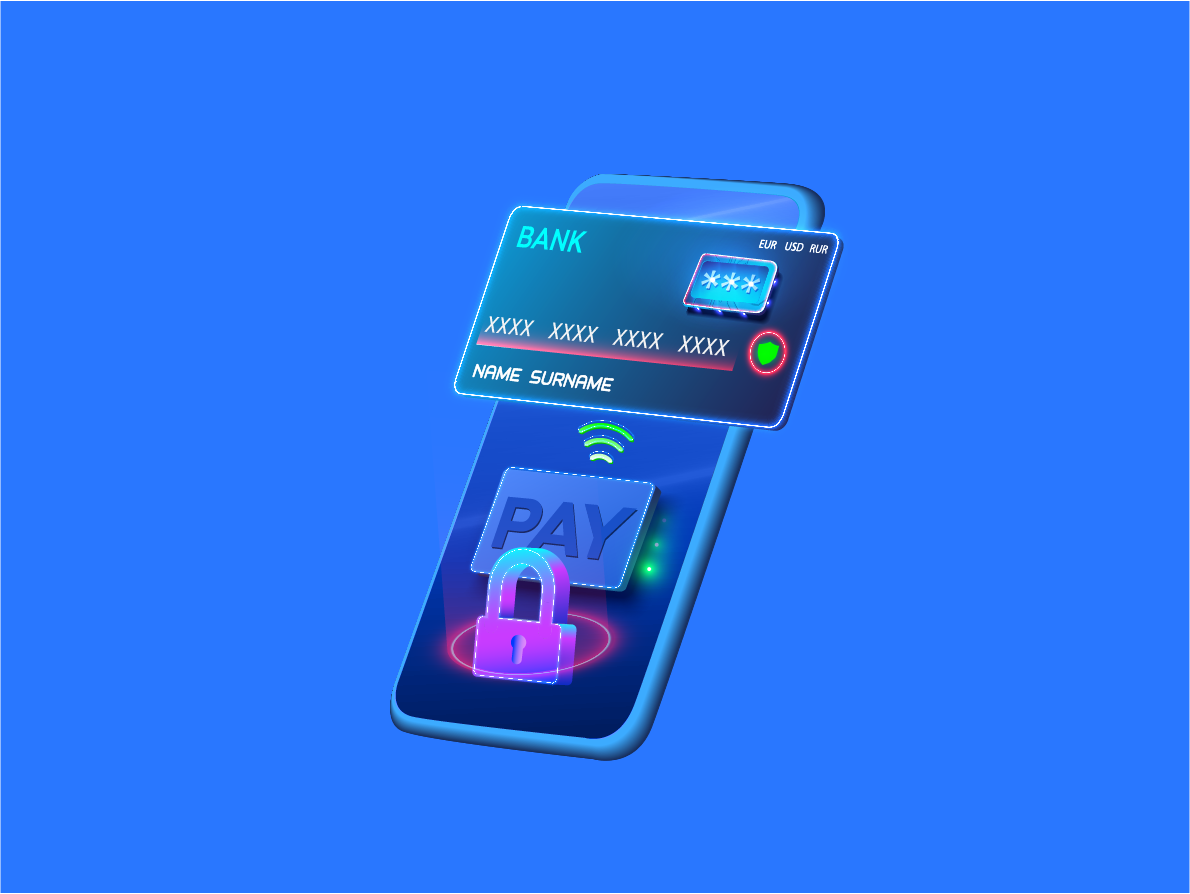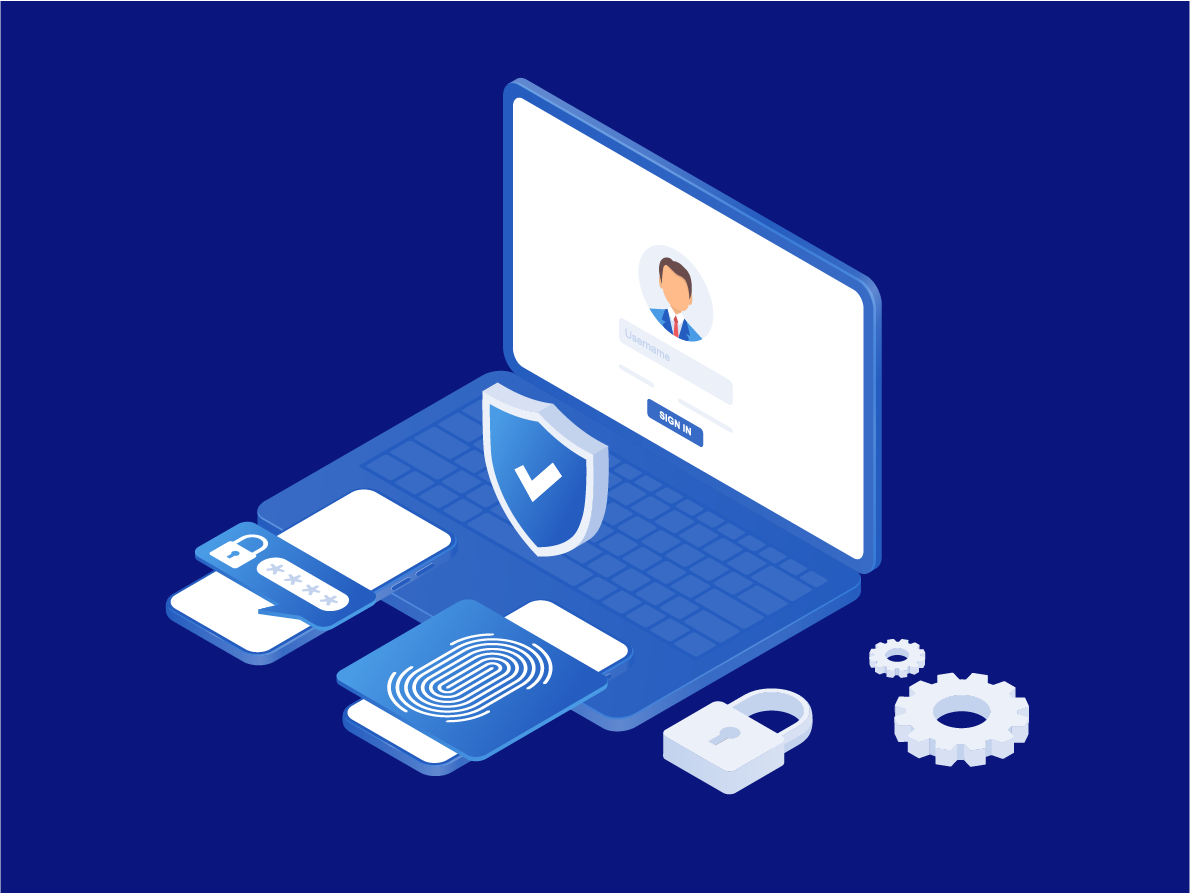
The rise of new market realities, such as online trading and digital wallets, has led to companies adopting modern business models to remain competitive. Technological advancements provide enterprises with opportunities to improve their services. It allows them to automate tasks and make their processes more efficient. New solutions also enable organizations to cater to the ever-changing customer demand.
One industry that thrived amid extensive digitalization is the e-commerce sector. Online shopping has slowly become the norm in many economies, especially with the COVID-19 pandemic forcing physical stores to go on hiatus. This year, the global e-commerce market is expected to reach more than $5 trillion, and this value is expected to grow, with more retailers and big corporations seeing the profit potential in the sector.
As e-commerce continues to dominate the retail scene, the need for solutions enabling a more efficient payment system also grows. The growth of financial technology (FinTech) helped address this by providing tools to make in-store and online transactions faster, more convenient, and smoother. Particularly, the development of online wallets has made remote transactions easier and allowed businesses to offer their products and services to international markets.
The Growing Popularity of FinTech
As business landscapes continue to change with the rise of digital platforms, firms need to adapt quickly to remain relevant and competitive. Modern software has helped companies gain an advantage by streamlining production, marketing, customer support, and other tasks. Now with the availability of FinTech solutions, organizations can make their financial activities more dynamic and their services more accessible to their clients.
Integrating FinTech applications can be a game-changer in the succeeding years. For example, digital wallets enable companies to simplify financial activities. It allows them to view account balances and manage budgets and investments with just a few clicks on their mobile devices.
Using FinTech software can also significantly improve customer experience, which is necessary for retention. FinTech products enable faster payment processing and better risk management at reduced costs. These will give institutions a significant edge against market competitors.
However, the continual rise of online transactions made numerous industries more enticing to bad actors. Fraudsters constantly exploit systems with a blend of old and new tricks. Failing to defend the platform and users from these schemes can lead to extensive financial and reputational damage.
The Rising Threats Against Digital Payments
The growth of e-commerce and digital banking makes these sectors enticing for cybercriminals. Identity theft incidents are constantly rising, with the Federal Bureau of Investigation (FBI) IC3 report tallying more than 50 000 cases in 2021. National Council on Identity Theft Protection also declared that identity theft cases are at an all-time high, with a reported case every 14 seconds.
These cases are expected to climb in succeeding years, with legacy cybersecurity systems still widely used in many industries. This is why investing in modern e-commerce fraud prevention systems is becoming a priority for companies. Deploying advanced solutions, such as payment authentication, will give enterprises reliable protection against fraudsters.
The Need for Payment Authentication
Advancements in technology and revised regulations elevated the standards for customer protection. Online security has been a priority in recent years, and payment authentication continues to be a primary method of confirming that transactions made are legitimate. This prevents businesses from getting chargeback complaints, which are costly if they happen regularly.
The billion-dollar e-commerce industry is at constant risk of being targeted by hackers. Payment authentication solutions can act as real-time fraud prevention systems and mitigate the possibility of cyberattacks. Current payment authentication regulations now require digital banks, wallets, and e-commerce platforms to implement stricter user verification measures during checkout.
Payment Services Directive 2 (PSD2), the second iteration of the European Union's Payment Services Directive, regulates payment service providers in the region. One of its main provisions is "Strong Customer Authentication," which obligates payment services and e-commerce platforms to implement multi-factor authentication (MFA). This comprises three independent elements: knowledge-based credentials, biometric digital signatures, and physical tokens or devices.
But adding more steps for authentication can increase friction on the customer's part, which can lead to abandoned carts and losses over time. Companies can solve this with delegated authentication, which promotes a faster user verification process. This alternative payment authentication system allows issuers, such as VISA and Mastercard, to enable a third party to do the verification on behalf of the clients. This includes banks, digital wallet services, and merchants.
Biometrics in Payment Authentication
For decades, companies have used knowledge-based credentials, such as passwords and personal identification numbers (PINs), to verify users during login or checkout. But text-based authentication has been deemed weak in recent years. Industry leaders are pushing for a passwordless authentication solution to replace traditional user verification systems.
Biometric authentication has been at the forefront of alternative options for verification. Biological data is often difficult to reproduce, making it hard for hackers to bypass their target company's defenses. Verifying customers using their fingerprints, face structure, iris, or voice can provide first-rate protection against bad actors. A study by Juniper Research showed that by 2023, biometric solutions will authenticate up to 57% of remote payments and a total of more than $2 trillion for in-store and online transactions.
Various mobile wallets are already implementing biometrics. E-commerce enterprises are also using biometric verification during checkouts, helping them secure their platforms and ensure that it is not used for illegal activities.
The Future of Digital Payments
The emergence of the COVID-19 pandemic in 2020 accelerated the digital transformation of many industries. This significantly affected how people engage with brands as online trading became the norm. To cater to the ever-changing demand, retailers are slowly pivoting to the use of modern solutions like the shift into cashless payments.
Still, this made various industries more attractive to cybercriminals. Identity theft cases are rising, forcing companies to invest in alternative authentication software that abides by global standards. Integrating biometrics can significantly impact today's business landscape by providing reliable security for their clients. Partnering with leading providers of biometric verification, such as LoginID, can help make checkouts more efficient without compromising data security.
LoginID's FIDO2 biometric authentication solution is highly secure, simple to integrate, and reduces friction during the onboarding and signing-in process. It enables financial institutions, banks, and card issuers to offer clients strong authentication and identity verification across desktop and mobile platforms.
To learn how LoginID can equip companies and businesses with the necessary fraud prevention tools, get started by registering for a free account, check out our tutorial or read our documentation.
Sources:https://decode.agency/article/fintech-app-benefits-for-business/https://www.tatvasoft.com/outsourcing/2021/04/what-is-fintech.htmlhttps://www.bbva.com/en/everything-need-know-psd2/https://www.varonis.com/blog/psd2https://www.outseer.com/payment-security/payment-security-payment-authentication/https://www.financierworldwide.com/cashless-society-the-future-of-digital-payments#.YtZ_yXZBy00https://www.digipay.guru/blog/how-biometrics-is-driving-security-in-digital-payments/


